ALANYA-ANTALYA
ANTALYA
First of all vacation plans …
Antalya carries the traces of big cities rather than being a summer resort. However, Kaleiçi, known as the old Antalya, looks like a completely different city in Antalya with its unique character.
Kaleiçi, one of the most important ports of the Mediterranean for hundreds of years, stands in the calm of a coastal town. Of the four main gates that provide entrance and exit to Kaleiçi, only Hadrian’s Gate has survived to the present day. There are many historical boutique hotels and gourmet restaurants in Kaleiçi.
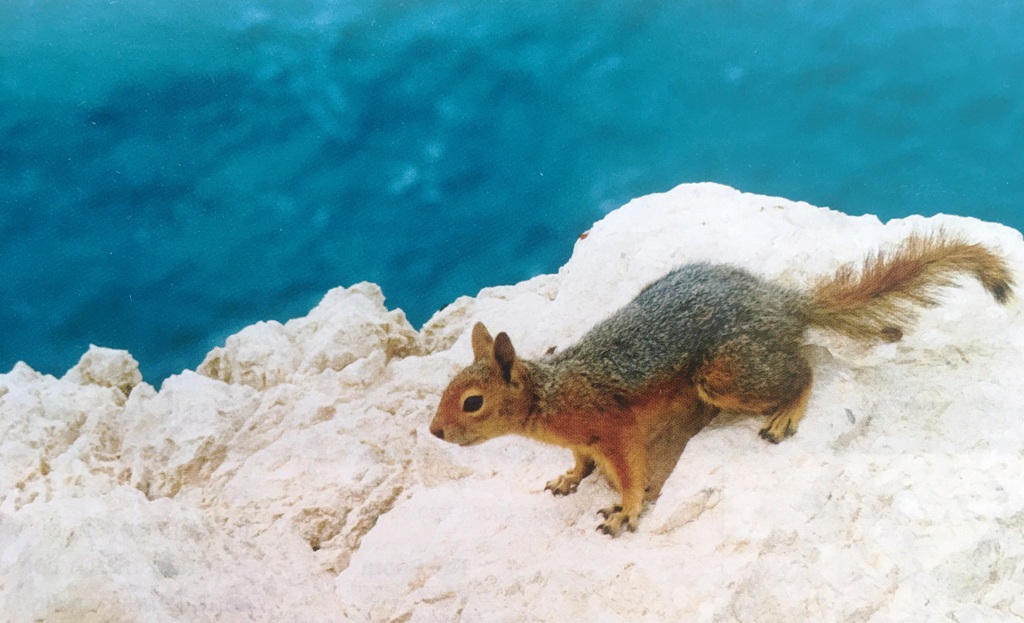
In the past, parts of the double row walls surrounding Kaleiçi are still intact. Two mosques from the Seljuk period in Kaleiçi are worth seeing. M.S. The remaining part of the mosque, which was built by Beyazıd’s son Sultan Korkut, on a church dating back to the 5th century, burned down as a result of a fire in the 19th century. Although there is not much left from the mosque, its minaret, known as Kesik Minaret, is still standing.
The Fluted Minaret in Kale Kapısı Square has almost become the symbol of Antalya. The minaret is in a large complex. The complex, built by the Seljuks, consists of the Fluted Minaret, the Yivli Mosque, the Gıyaseddin Keyhüsrev Madrasa, the Seljuk Madrasa, the Mevlevihane, Zincirkıran and Nigar Hatun Tombs. The 38-meter-high Fluted Minaret, whose body is made of bricks and turquoise tiles, was built in the 13th century. The minaret, which takes its name from the 8 grooves lined around it, is known as the oldest Islamic work in the city. The 6-domed Yivli Mosque, located to the west of the minaret, was built in 1372 by an architect named Balaban Tavsi.
Antalya Houses
The beautiful Antalya houses, lined up in the narrow streets of Kaleiçi, have regained their old magnificent appearance thanks to the restoration works. While the facades of the houses, which are generally built with masonry stones and wooden connections, face the street, the parts that do not see the street are left as gardens. Today, these gardens host the pools and restaurants of boutique hotels. The “Suna-İnan Kıraç Kaleiçi Museum” consists of the Traditional Antalya House and the exhibition hall in Aya Yorgi Church. Although they seem different from each other, these sections, which have many common points and ties, serve in three historical Kaleiçi houses and a church that is at least 200 years old next to these houses. Ancient cities, waterfalls, Perge and Aspendos Ancient Cities, Düden and Kurşunlu Waterfalls are other attraction points of the region. Perge Ancient City, 18 kilometers from Antalya, was one of the important cities on the trade route between Cilicia and Pisidia in the past. Today, Aspendos is among the ancient cities that attract the most tourists. The history of the city of Aspendos goes back 3000 years from today. The theater M.S., which is still used for concerts and shows today. It was built by the Romans in the 2nd century. Antalya is a rich place not only with its historical ruins but also with its natural formations. Düden Waterfall is 10 kilometers from the center. As interesting as Düden Waterfall is that its waters flow through Antalya and pour into the Mediterranean from the cliffs. Kurşunlu Waterfall is literally a corner of heaven. The waterfall, pouring from a height of 18 meters, has created 7 ponds. The waterfall has entered the tourist routes and is flooded with visitors throughout the day.

For holiday village lovers; КЕМER
The holiday concept in Kemer is mostly based on “holiday village” customers. For this reason, Kemer attracts attention with its lively nightlife and touristic shops.
Kemer, which can be literally called the republic of holiday villages, is very suitable for those who do not want to deal with the questions of where I eat or how I spend my day. All kinds of holiday villages, which can meet all the needs of families with children and have everything you want, have come together in Kemer. All you have to do is choose the one that best suits your budget and expectations and enjoy your holiday. The dolphins’ show can be watched in the Dolphinarium, which attracts especially the attention of children in Kemer. If you want to eat and understand the lifestyle of Yörük culture, which is dominant in the region, you should visit Yörük Park in Küçük Burun. Although Kemer’s Blue Flag beaches seem like the property of the resorts and hotels lined along the coast, anyone who wishes can benefit from these areas provided that they do not use umbrellas and sun loungers. Moonlight Beach, on the right side of the peninsula, is completely open to the public.
Thanks to its sheltered structure against winds and the businesses listed right behind the beach, it is in great demand especially on weekends. The beach that stretches to the other side of the peninsula is mostly used by the customers of the hotels. Phaselis Ancient City, located near Kemer, is one of the must-see places in the region. B.C. The city, thought to have been founded around 690, is between the pine trees and the seaside. Waves hit what’s left of the city. The cable car ride was made to Tahtalı Mountain in the past years and gave an extraordinary experience to those who came to the region. With the longest cable car line in Europe, you can reach the peak of Tahtalı Mountain at an altitude of 2365 meters. The journey to the summit takes 10 minutes with the cable cars that move every half hour throughout the day.

Three beauties of the Mediterranean; OLIMPOS, ADRASAN, ÇIRALI
Olympos is the choice of young people looking for a social environment combined with naturalness. Here, they can have long vacations in the treehouses and bungalows very cheaply. Çıralı, on the other hand, hosts mostly middle-age families with a good income. The calmness of Adrasan attracts middle and older age group rather than young people.
There are many tracks for hiking enthusiasts in the region. The most delightful Lycian Way tracks marked with red and white dots are in this region. The most interesting place in Çıralı is the area known as Yanartaş. Around the flames of Yanartaş, which guided sailors in the past, holidaymakers begin to gather with wine bottles in the evening.
Although little remains of the ancient city of Olympos, which is just behind the beach, it still continues to fascinate people with its geographical location. The ruins of the city, which was founded on both shores of Akdere, flowing between Musa Mountain and Omurga Mountain, are surrounded by the fertile nature of the region. B.C. The city, thought to have been founded around the 3rd century, is now a protected area. The region is also within the borders of the national park. For this reason, Olimpos and Çıralı were able to resist significant construction. Shaded by pine nut trees, the beach is also one of the few beaches in our country where the caretta carettas lay their eggs in July. The beach of Olympos, embracing the turquoise sea of the Mediterranean, was selected as the best beach in the world according to a survey conducted in England in recent years. Adrasan, which is less known, can maintain its silence and calmness even during the busiest months of the year. Adrasan’s shallow sea is ideal for those who do not know how to swim and for children. It is not affected by the winds thanks to its 2-kilometer protected beach. The mountain rising on its left side is visually pleasing to people. The right side of the beach is covered with pine trees. You have the chance to reach the small coves at the bottom of the pine trees thanks to the dirt road that runs towards this side.
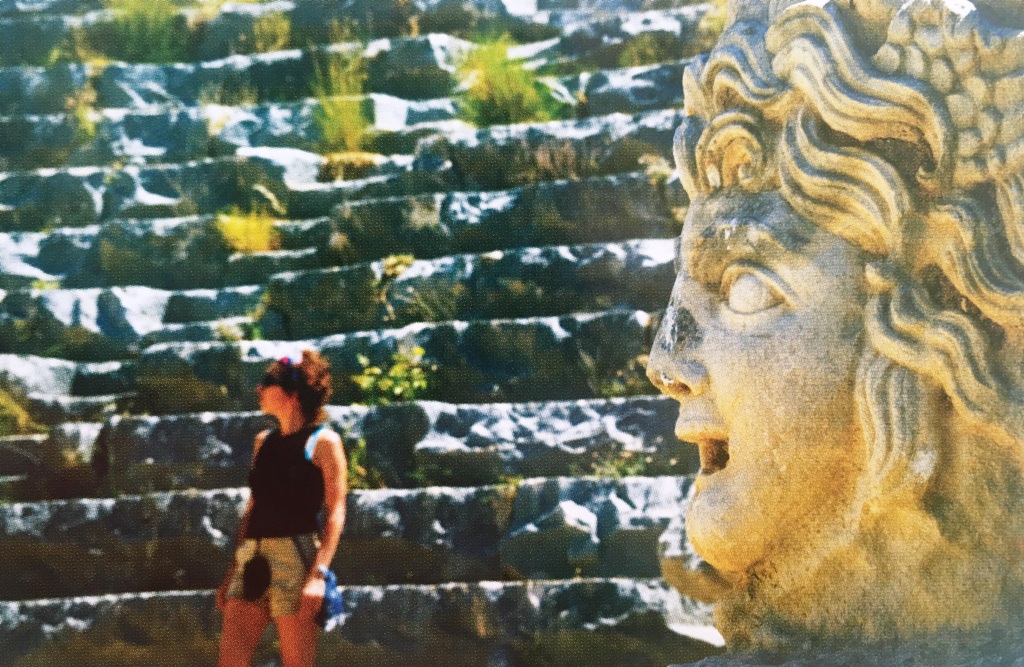
The city of Santa Claus; DEMRE
Çay Ağzı’s long deserted beach and Santa Claus tourism make Demre interesting for both nature and history enthusiasts.
St. Nicholas, who once lived in Demre, is known in the Christian world as Santa Claus. Although it is not known exactly how Saint Nicholas turned into Santa Claus, it is accepted that he was born in Patara and buried in Demre. Famous as the patron saint of children and sailors, the tomb of St. Nicholas was in the church here. For this reason, the church attracts many visitors. Of course, this interest naturally gave birth to a Santa Claus industry in Demre. From rugs to gourds in the shops around the church, Santa Claus is painted everywhere.
“Location of mother goddess…”
Demre is also home to Myra, one of the 6 most important cities of Lycia. Myra means “the place of the mother goddess”. Kent BC. It dates to the 5th century. Myra, which was the capital of Lycia during the Roman period, M.S. It was abandoned around the 11th century. The quite solid theater and rock tombs that look like apartments make the city worth seeing. The Lycian League’s biggest theater, which is also the best preserved, looks quite magnificent with its 29 rows of seats and a capacity of 9-10 thousand people. Known as the port of the ancient city of Myra, Andriake is located next to the coastline called Çay Mouth. Although there is not much left from the ancient harbor, Çay Ağzı beach between two streams is worth seeing. Çay Ağzı draws attention with its long and deserted beach. Beymelek Village, near Demre, is famous for both its lagoon and lobsters. Here, the sea built a lagoon, forming a small lake. Several makeshift restaurants along the coast offer interesting surprises for a meal break. In these restaurants you have the chance to eat very cheap lobsters grown in the lagoon.
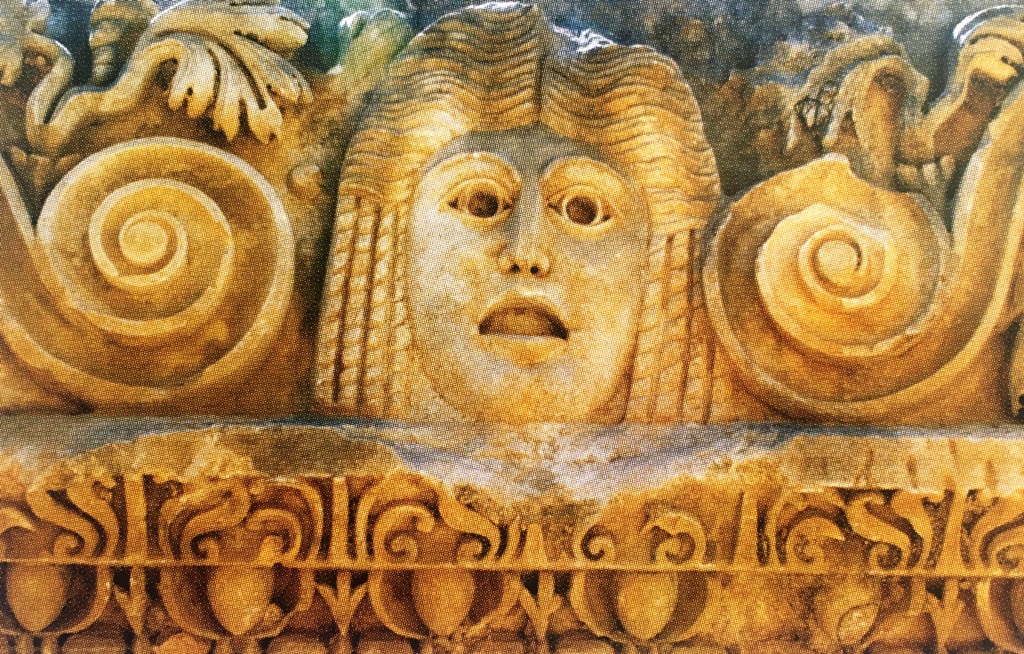
The mystery of the sunken city; KEKOVA
The sea is magnificent in every corner of the region, which is generally called Kekova. In addition, the most beautiful parts of the walking route called the Lycian Way are around Simena.
The region consists of Kekova Island, Üçağız and Simena. The sea is magnificent in every corner of the region, which is generally called Kekova. Few parts of the generally rocky coasts allow swimming in the sea. You can also enjoy the pleasure of enjoying the sea offshore by boat here. There is no road access to Tersane Bay. The wooden fishing piers of Üçağız and Simena are also very suitable for enjoying the sea. Tersane Bay is the most enjoyable place in the region for those who like to swim from the shore. This small bay, called Xera in ancient times, was used as a maintenance and repair place for boats in Byzantine and later periods. It is possible to reach the bay, which does not have a highway, only by boat or canoe. Simena Ancient City, one of the most special places in the Mediterranean, is intertwined with Kale Köy built on a hillside. M.S. While an earthquake in the region in the 2nd century was a disaster for the people of that period, it also caused the emergence of today’s magnificent view. Kekova, which was a single piece with Simena in the past, is now an island. As you sail from the shores of the island, you can see the houses where people once lived and the stairs of the city in all details under the water. This sunken city adds mystery to the region.
The Lycian sarcophagi lined up on the hills are extremely intact. Apart from the ones on the hill, the most interesting example of the sarcophagus is the sarcophagus half buried in the water. Medieval Castle, mini theater carved into the rock, Roman bath and Byzantine Church are other ruins that can be seen in Simena. There is no road to Kale Village where Simena is located. It is possible to reach the ruins by a half-hour trail or boat from Üçağız. In addition, the most beautiful parts of the walking route called “Lycian Way” are located around Simena. In general, the entire region is home to Turkey’s best-preserved settlements. Its castle placed on the hill like a crown, stone houses flowing into the sea, pathways and people who continue their daily lives take you to another time in Simena. The few small pensions here are literally like retreats. You are left in the middle of deep silence and stars in Simena nights.
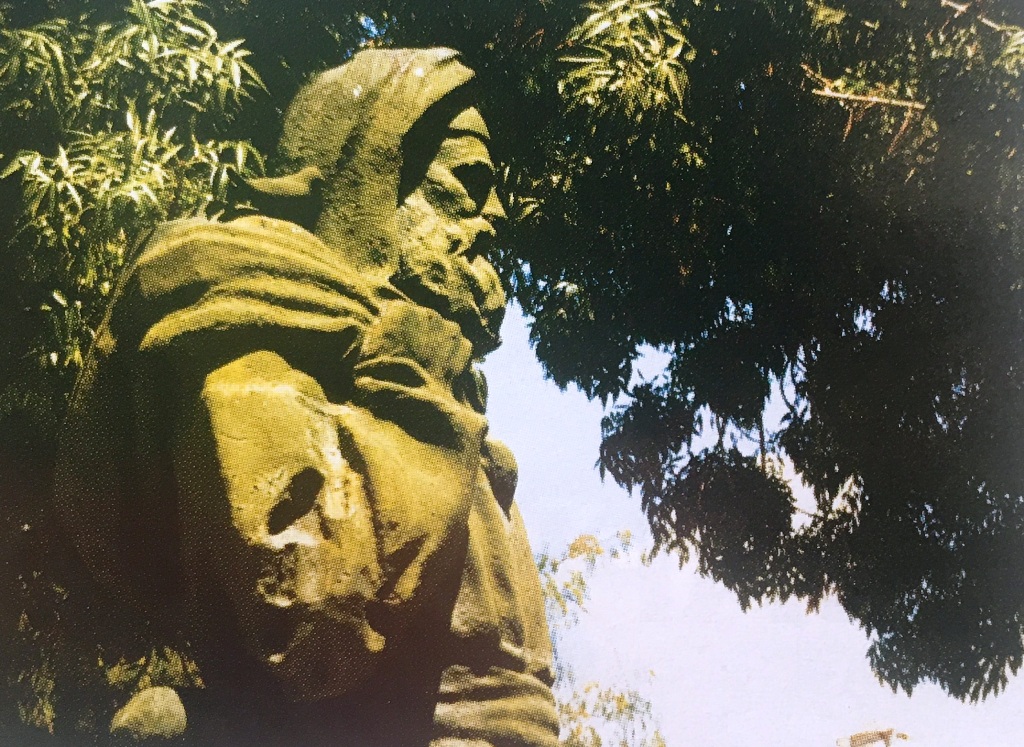
Opposite the rock; KAŞ
Kaş, an important city of the Lycian Union, surrounded by steep mountains and sea, is now home to those who escape from big cities.
Kaş, whose name was Antiphellos in the past, has a meaning that suits its appearance. This name, which means “Opposite of the Rock”, fits very well with the rocky geography at the foot of the mountain where Kaş is established. With its distance from the big cities and the serpentine roads running parallel to the sea, Kaş has always remained away from the invasion of crazy crowds. However, there are those who are passionately attached to it. They travel 1000 kilometers from Istanbul to Kaş, even just to stay for the weekend. The colossal sarcophagus that suddenly appears at the end of the Long Bazaar, where the heart of Kaş beats, remained from the Lycians who believed in the immortality of the soul, and today it has become the symbol of Kaş. The sarcophagus on the shore and the rock tombs carved into the mountain behind Kaş are other Lycian artifacts that should be seen in Kaş. The ancient theater is the most robust and important structure left from Lycia in Kaş. The theater, which is located just to the right of the road to the Çukurbağ Peninsula, has 26 steps and is quite intact. The most beautiful part of it is the view of the Mediterranean’s dark blue waters and Meis Island, which stand before you like a painting when you sit on these steps. Since the shores of Kaş are rocky, beach lovers can only find what they are looking for in Küçük and Büyük Çakıl Beaches. However, they can find much more of what they are looking for in Kaputaş Beach. Kaputaş Beach, which adorns tourism posters with its turquoise sea, appears before you like an oasis on the quite winding Kaş-Kalkan road. There are no facilities on the beach; Therefore, it is beneficial to be supplied with food and drink. And don’t forget your umbrella. Especially during the day, the sun is extremely scorching and there is nothing that can be protected from the sun. Although the steps descending to Kaputaş are sufficient for those who want to do sports on holiday, the mini canyon lying at the back of the beach is recommended for those who want to walk more. Kaş, which is the favorite of diving enthusiasts, will make the holidaymakers happy not only with its clean sea and strong environmental options, but also with its various activities. Thanks to the diving centers operating here long before the paragliding activities that started in recent years, Kaş has taken its place among the important diving points of our country and the world. With nearly 70 diving points in its vicinity, it will satisfy the underwater lovers. It is possible to find tastes from world cuisine as well as Aegean and Mediterranean dishes in the restaurants that are concentrated around the Uzun Çarşı, which forms the core of Kaş.

Geography flowing to the sea; KALKAN
Kalkan is located in an extremely rich region due to its location. In addition to the natural beauties offered by the sea and the mountains, the magnificent cities of the ancient world, which are man-made, are also very close to Kalkan.
Thanks to its settlement flowing towards the sea, every point of Kalkan offers a visual feast. The small beach does not require you to look for other places to swim. It is a great advantage to be able to swim all day long on the beach within walking distance from your accommodation and benefit from the restaurants next to it. The shops in its cute bazaar will satisfy the shopping lovers. Reflecting the spirit of Kalkan, these streets flow almost and meet the dark blue of the Mediterranean on the shore.
“Patara is waiting for you…”
If you want to enjoy the sea on a private beach, Patara, which is only 17 kilometers from Kalkan, awaits you. You have the chance to swim anywhere on the golden yellow Patara beach, which stretches uninterrupted for about 18 kilometers, as you wish. In addition, the ancient city ruins in Patara must be visited. The theater of Patara, which is considered to be the birthplace of the god Apollo, is in very good condition, there are many historical ruins standing apart from this. Two important cities of the Lycian Union, Letoon and Xanthos, which are on the UNESCO World Heritage List, are only 25 kilometers away from Kalkan. Due to the foreigners who have settled in the region and the yachts approaching the harbor in recent years, Kalkan has become a gourmet center especially for places to eat. It is said that there are around 150 restaurants and cafes of all sizes in Kalkan. It is possible to find dishes from Turkish and international cuisine in these restaurants. There are such restaurants that there are people who come to these places for dinner, especially from Fethiye and Kaş. For this reason, it is difficult to find a place without reservation, especially for dinner. Kalkan, which is built on a sloping land, naturally consists of small shops on the slopes. Generally, historical Kalkan houses have been turned into shops. Chic boutique hotels attract attention as much as restaurants. Especially, these hotels located on the slopes with Kalkan view look at the endless blue.

History and nature are intertwined; SIDE
Side, whose history goes back thousands of years, was able to preserve its feature of being a small fishing village where Turks from Crete lived until the 70’s.
The magnificent ancient city ruins and its sandy beaches, which are surrounded by dark blue waters, enable Side to maintain its charm. Side ancient theater is the most intact structure among the past. M.S. The theater, dated to the 2nd century, is a typical Roman theater with its carrier systems supported by arches. The audience capacity of approximately 16 thousand is important in terms of reflecting the city’s past glory. M.S. The Byzantine bath built in the 5th century is today the Archeology Museum. The ancient city of Side, built on a peninsula, was surrounded by walls on all four sides. Some parts of the walls are still standing. The road that continues in front of the theater leads to the main entrance of the city. The most special temples of the Pamphylia region were found within the borders of Side. The best examples of these were made in the name of Athena and Apollo. Although there is not much left of both temples built at the far end of the peninsula, you can use your imagination to imagine the magnificent geography where the temples were established 2000 years ago.
While every part of Side allows swimming, the two beaches called Big and Small Beach attract more visitors. Küçük Beach is a place preferred by Side regulars. The restaurants and cafes right next to the beach serve those who come to Küçük Beach. Big Beach, on the other hand, attracts the attention of daily visitors and tourists. You can not only swim in this beach, you can find many entertainment and water activities related to the sea. The Big Beach, which stretches for about 10 kilometers, is also home to large hotels and holiday villages.
The waterfall on the Manavgat Stream is worth seeing, although it is not very large. In addition, the Titreyen Lake, which has small waves throughout the day with the waters brought by the Manavgat Stream and takes its name from these vibrating waves, and the Sorgun-Side area, where the sea meets with large forested areas, must be on your list of things to see.
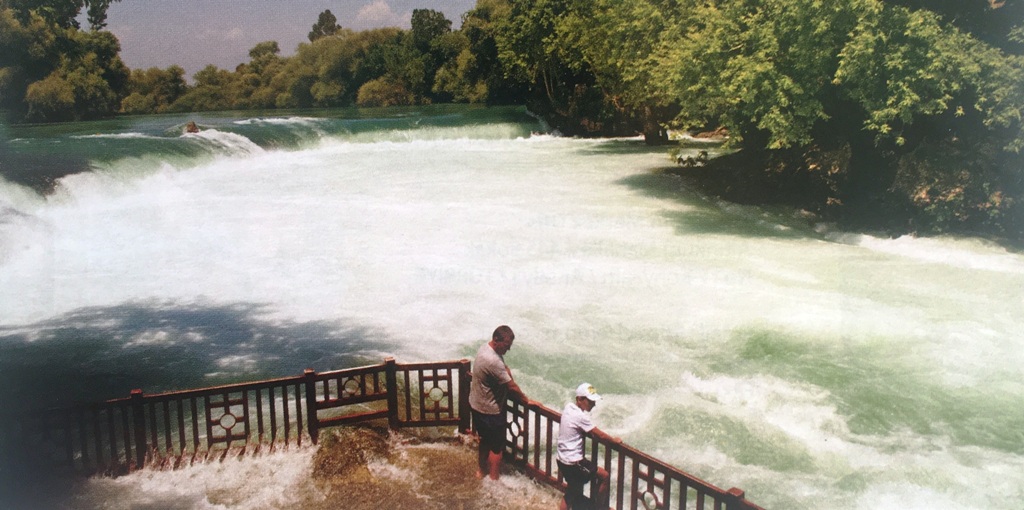
A resort town from the Seljuk to today; Alanya
Alanya, where you can find many things to have a good time all day, takes on another identity as the weather gets dark. Restaurants and entertainment venues with Mediterranean views offer different options to their guests.
Alanya, which was important enough to be the winter capital of the Seljuk Empire in the past, maintains this importance especially in the field of tourism today. Although it does not seem to be on the agenda as much as its peers in the tourism sector, it has already left many behind, especially in terms of infrastructure. Blue flagged, clean sea and well organized long beaches give people the opportunity to swim all over Alanya. Especially Damlataş Beach is the most famous beach of Alanya with its golden beach and sparkling sea. Cleopatra Beach, another famous beach, is also famous for its legends. According to legend the Egyptian Queen Cleopatra,
During a voyage to the Mediterranean, he stopped by Alanya and entered the sea on this magnificent beach. Based on this legend, the 2-kilometer beach was named after Cleopatra. Entrance to the well organized beach is free. The beach, which has dining and drinking venues every 50 meters, has been designed with visitors in mind. The well-organized beach is very crowded in the summer months, but thanks to the well-used beach, these crowds are not disturbing. Incekum and Ulaş beaches are other important beaches in Alanya. Slowness prevails on these beaches every hour of the day. Thanks to the calmness of the sea during the day and the warm Mediterranean wind in the evening, the slowness can be felt everywhere in the city. Sunset view from the castle Alanya Castle and Red Tower are the must-see places of the city. If you go to the castle especially in the evening, you can watch a magnificent sunset view.
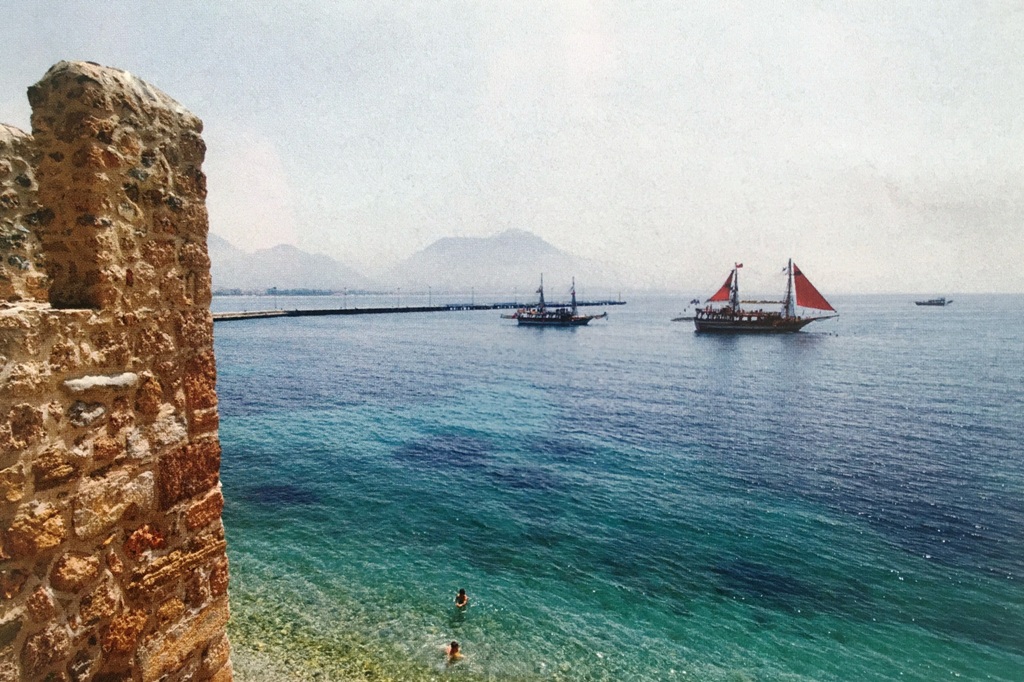
The castle, which has existed since the years when the name of Alanya was Korakesion, was given its final shape by the Seljuks. Red Tower is the symbolic structure of Alanya. The height of this monumental tower built by the Seljuks is 33 meters. Built in 1226, the tower was built to keep the harbor under control. The streets and streets of Alanya are extremely well designed. There are bicycle paths on wide and low pavements where people can walk comfortably.
The excellent craftsmanship of the bronze statue of Heracles, a must-see in Alanya’s modest museum, is not at all unassuming, unlike the museum. In addition, various finds belonging to the Hellenistic, Roman, Byzantine, Seljuk and Ottoman periods in Alanya and its surroundings are exhibited in the museum. Apart from swimming during the day and visiting historical places, there are many options in and around Alanya. Damlataş and Dim caves, which offer cool environments even at the highest temperatures, are some of these options. Damlataş Cave, discovered by accident in 1948, is recommended by doctors to asthma patients. Dim cave, which is 12 kilometers from Alanya, is very exciting with its 350 meters length and the variety of stalactites and stalagmites. Dim Stream, another refreshing spot in the region, is famous for its trout restaurants. It would be to your advantage to coincide with your visit at noon. The floor tables on the wooden piers built on the water are waiting for you. Here you can taste delicious trout and swim in the ice-cold waters of Dim Stream to cool off. Alara Han and Alara Castle are the must-see places in the region. The inn and castle built by the Seljuk Sultan Alaeddin Keykubad I in 1232 are right next to the Alara Stream. Built to ensure the safety of caravans coming to Alara Han, the castle was built on a steep hill. It is very difficult to get to the castle, which looks extremely magnificent and impressive. The restaurants along the Alara Stream allow you to have a pleasant meal and spend time in nature. Alanya, where you can find many things to have a good time all day, takes on another identity as the weather gets dark. Restaurants with a view of the Mediterranean offer many dishes from international cuisine, as well as local dishes. After dinner, life continues in entertainment venues, especially around the marina.